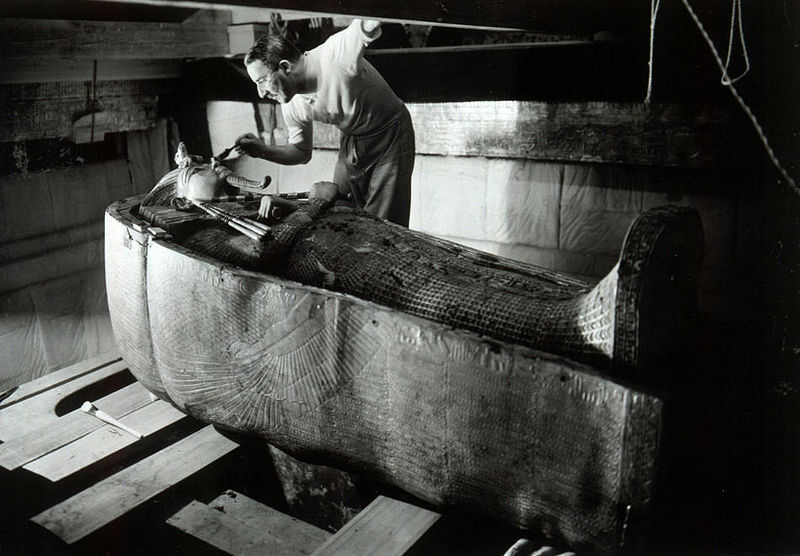
Figure 1 – Harry Burton, Howard Carter examining the sarcophagus of King Tutankhamen, 1922. In the public domain in the United States because of its age.
It is important, I think, to recognize that great photography is everywhere. In the early 1920’s something very important was taking place in Egypt, the world of the ancient Egyptians was being revealed to us due particularly to excavations in the Valley of the Kings. In 1922 Howard Carter and George Herbert, 5th Earl of Carnarvon discovered the nearly intact tomb of King Tutankhamun. This sparked a renewed public interest in ancient Egypt.
It seems significant that Tutankhamen literally means “The living image of god.” Harry Burton (1879 – 1940) was the Photographer of the Pharoahs. From 1914 Burton worked for the Metropolitan Museum of Art’s (New York City) Egyptian Expedition. However, Howard Carter specifically requested that Burton be “loaned” to the Tutankhamen Expedition to photograph the event. He spent eight years documenting the work and this opus consists of about 1400 glass plate negatives. Much of this work is currently housed at the Griffith Institute at the University of Oxford.
Harry Burton was both a scientist and an artist. As a result it is difficult to choose a “best” image. But I believe that the photograph of Figure 1 truly captures the moment and nature of archaeological discovery. The fact that Carter wears only a tee shirt speaks to the oppressive conditions within the tomb, and yet Burton manages to create a beautifully and dramatically illuminated image with stunning dynamic range and excellent composition.
